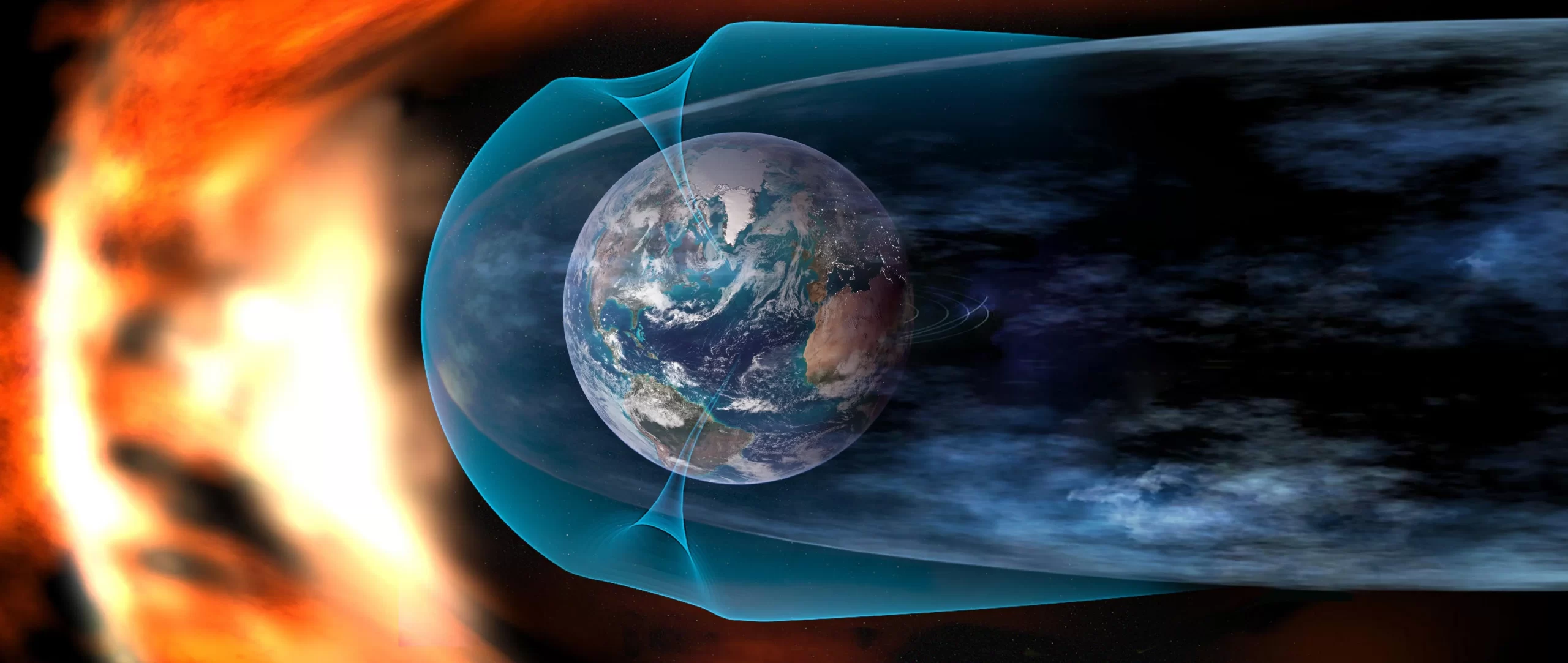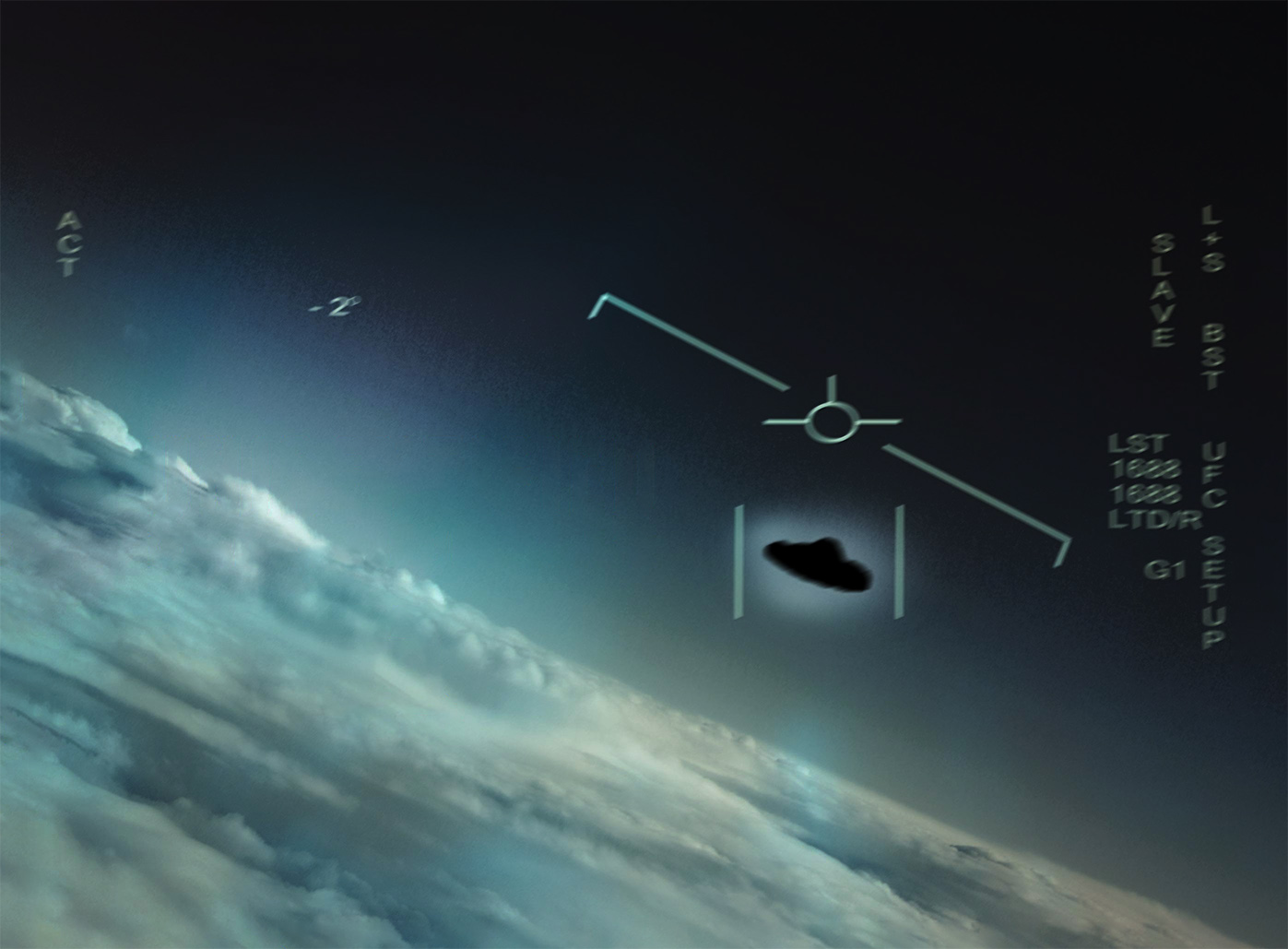There’s an invisible shield enveloping our planet, protecting us from the harsh forces of space. This shield is Earth’s magnetic field, an essential yet often overlooked aspect of our world. From guiding compass needles to creating mesmerizing auroras, the magnetic field plays a crucial role in shaping our environment and influencing life on Earth.
At its core, the Earth’s magnetic field is generated by the movement of molten iron and nickel in the planet’s outer core. This swirling, churning motion creates electric currents, which in turn produce magnetic fields. The resulting magnetic field extends far into space, forming a protective barrier known as the magnetosphere.
Over millennia, the magnetic poles have shifted, sometimes even reversing completely. These geomagnetic excursions, as scientists call them, are natural phenomena that occur approximately every 6,000 years. During these events, the magnetic field weakens, and the poles wander across the globe.
Previous Magnetic changes:
- 6,000yr – China Event
- 12,000yr – Gothenburg
- 18,000yr – Hilina Pali
- 24,000yr – Like Mungo
Recent research has shed light on the potential dangers associated with geomagnetic excursions. Scientists have identified past events, such as the China event 6,000 years ago and the Gothenburg event 12,000 years ago, as examples of geomagnetic excursions and their impacts on the biosphere. While these events don’t always result in complete extinctions, they can cause significant disruptions to ecosystems and lead to the extinction of some species.
Today, Earth is believed to be in the midst of another geomagnetic excursion, with signs indicating that we are a quarter of the way into it. NASA and other sources have reported a significant decrease in the Earth’s magnetic field strength, with projections suggesting a potential full magnetic pole flip by around 2040.
The consequences of a weakened magnetic field are far-reaching and potentially disastrous. Increased space radiation poses risks to all forms of life, from plants to animals, impacting navigation, reproduction, and overall health. Human society’s reliance on electricity makes it particularly vulnerable to disruptions caused by a weakened magnetic field, including power grid failures.
A weakening magnetic field will expose the planet to increased space radiation, leading to ozone destruction, climate chaos, and extreme weather patterns. Recent magnetic anomalies and accelerated field weakening have heightened concerns, leading to some unprecedented solar storm effects and aurora occurrences.
Understanding the intricacies of Earth’s magnetic field and its future trajectory is crucial for our preparedness and resilience as a species. By studying past events and monitoring current trends, scientists can better predict and mitigate the potential impacts of geomagnetic excursions. This knowledge empowers us to develop strategies to protect our technological infrastructure, safeguard our ecosystems, and ensure the survival of life on Earth in the face of a changing magnetic landscape.
Earth’s magnetic field continues to play a vital role in shaping our planet’s environment and influencing life as we know it, without it the planet would look very different, sun storms would devastate the planet, very possibly leaving the planet lifeless.
Catastrophic Consequences
If Earth’s magnetic shield were to vanish completely, the consequences cause major economic and ecological problems.
Ecological
- Reduced Life Expectancy: High levels of radiation would cause significant DNA damage across all forms of life. Many species that cannot adapt quickly enough would face extinction, leading to disrupted ecosystems and loss of ecosystem services such as pollination and pest control.
- Ozone Depletion: Solar wind particles would strip away Earth’s protective ozone layer, resulting in higher levels of ultraviolet (UV) radiation reaching the surface. This would lead to increased sunburns, skin cancer, and damage to ecosystems.
- Climate Chaos: The Earth’s magnetic field helps stabilise the planet’s climate by influencing atmospheric circulation patterns. Without this stabilising effect, weather patterns could become more chaotic and extreme, leading to increased frequency and severity of storms, droughts, and other extreme weather events.
Economic
- Power Grid Failures: The magnetic shield protects our technological infrastructure, including power grids, from the effects of solar storms and geomagnetic disturbances. Without this protection, power grids would be vulnerable to damage from solar flares and coronal mass ejections, leading to widespread blackouts and disruptions to essential services. We would likely be unable to keep up with the repairs on substations, potentially necessitating the relocation of the entire electric grid underground. Large solar storms can affect all types of electric equipment, especially satellites.
- Satellite Failures: The loss of satellites, including those used for GPS, communications, and weather forecasting, would have severe economic repercussions. The disruption of GPS systems would impact navigation, transportation, and logistics, causing delays and inefficiencies across various sectors. Communication outages would hinder business operations and emergency response efforts, while the loss of weather satellites would make it difficult to predict and prepare for extreme weather events.
- Infrastructure Damage: Increased frequency and severity of extreme weather events would cause extensive damage to infrastructure. Coastal areas, in particular, would be vulnerable to rising sea levels and stronger storms, leading to costly repairs and rebuilding efforts.
- Social Disruption: The combined effects of economic instability, food shortages, and increased natural disasters could lead to social unrest and mass migrations. Governments would need to manage these challenges while maintaining order and providing for displaced populations.
Adaptations
To survive, there would need to be technological innovation and strategic planning:
- Going Underground: Building a large number of underground facilities equipped with radiation shielding would be necessary. Schools and workplaces would likely shift underground first. Remote working would become more popular until better underground transportation is built.
- Energy: Updating the electrical grid infrastructure to be mostly underground with hardened substations.
- Agriculture: Traditional farming methods would need to be rethought. Greenhouses with UV-filtering materials could protect crops, and indoor farming techniques like vertical farming would become more prevalent. Food production might rely heavily on genetically modified organisms (GMOs) designed to withstand harsh conditions.
- Communication and Transportation: Satellite and communication systems would need robust shielding or complete replacement with alternative solutions. Many systems rely on GPS, not just for aircraft and the military, but also for agriculture, surveying, science, inventory tracking, as well as the internet, phone, and financial infrastructure, which rely on GPS for precise timing from GPS satellites.
Listen to the podcast





